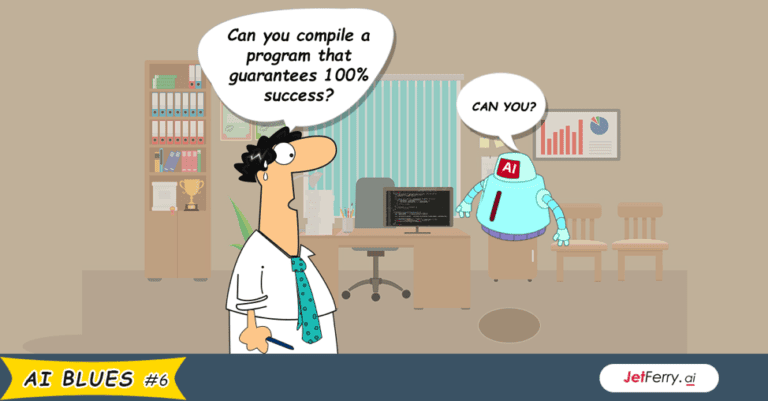
Artificial Intelligence and Utility Management
Starting a conversation in the "art of possible"
I am living a data scientist’s dream.
My team works with massive data sets and develops solutions that make a meaningful difference to our utility partners. However, we are just scratching the surface. With Artificial Intelligence (AI), the opportunities are limitless. Imagine if you could harness the power of 1000s of human analysts to look through consumptive patterns attached to meters? The insights and findings are unimaginable. Cough, cough unsupervised learning.
But, what does the term “Artificial Intelligence” really mean? The definitions are varied, far-reaching, and subject to interpretation.
 I see AI as a series of tools and techniques where computers and/or microprocessors are trained to understand and discern:
I see AI as a series of tools and techniques where computers and/or microprocessors are trained to understand and discern:
- Human language
- The physical world through images
- Complex patterns and relationships across large swaths of data
AI solves challenging problems. However, there is a widely held misconception that this technology will replace people’s jobs. In actuality, it provides people the ability to level up their existing capabilities at a scale not previously attainable. It also removes much of the drudgery work that people don’t care to perform.
Most AI articles speak to a very high level about what is possible. However, there is less focus on concrete examples of what is actually being solved. Here are a few AI tactics that you can use to address many of today’s challenging utility problems.
An AI Tactics Guide for Solving Utility Challenges
1) Human Language
Using AI to recognize and understand language has become commonplace in today’s world. Everyday examples include voice recognition programs such as Apple’s Siri or web-based chatbots that intelligently respond to written queries.
Utilities are embracing AI to provide a better customer experience. According to this Utility Analytics Institute article, 86% of utilities are using AI in customer engagement applications, call-center support, and/or digital marketing platforms.
2) The Physical World Through Images
The automobile industry has been a driving force in researching and implementing visual recognition intelligence. Several manufacturers are using AI processing to quickly identify images allowing them to incorporate self-driving autopilot capabilities and enhanced safety features into cars.
Sophisticated utilities are now using imagery recognition to accomplish their goals. Here are a few articles, academic papers, and case studies that show how AI is used in conjunction with the physical world:
- Identifying location and rate of urban water irrigation in arid and semi-arid climates
- Pinpointing vegetation management problem areas near pipelines and transmission lines
- Methods for interacting with older, non-connected devices in an automated fashion
- Associating swimming pools to water meter locations and forecasting growth
3) Complex patterns and relationships across large swaths of data
The phrase “Big Data” is popular for a reason. Large amounts of data are collected every day—the challenge is parsing through it to identify patterns and anomalies. Today, a good example is with credit card companies. They are using AI to analyze millions of transactions daily to identify potential consumer theft areas.
For utilities with access to large amounts of metering data, the opportunities are now being realized. AI is already addressing tough utility problems:
- Electric Vehicle (EV) load and forecasting analysis that determines how many are plugged into the grid and the rate of growth over time
- Predicting toilet, shower, and hot water heater use across residential households
- Identifying meter anomalies at scale across a utility’s customer base
- Pinpointing peak shaving opportunities on the electric grid
- Identifying ways to save on capital storage and importing potable water costs
- Forecasting a device’s battery lifespan
- Clustering households that share similar consumptive habits
- Infrastructure damage risk assessment
- Improving the accuracy of electrical consumption forecasting
These are just a few examples of the low-level types of problems that the tools of AI could be utilized in order to help solve tough utility business problems. Many of these ideas, referenced papers, and articles represent proofs of concept or theoretical research that has yet to be fully vetted as desired customer features.
Thus, we would like to explore what is possible to best serve you through the application of AI techniques within our applications and on the microprocessors within our devices. AI is here and it is disruptive.
Let us know if you are ready to have an AI conversation.

